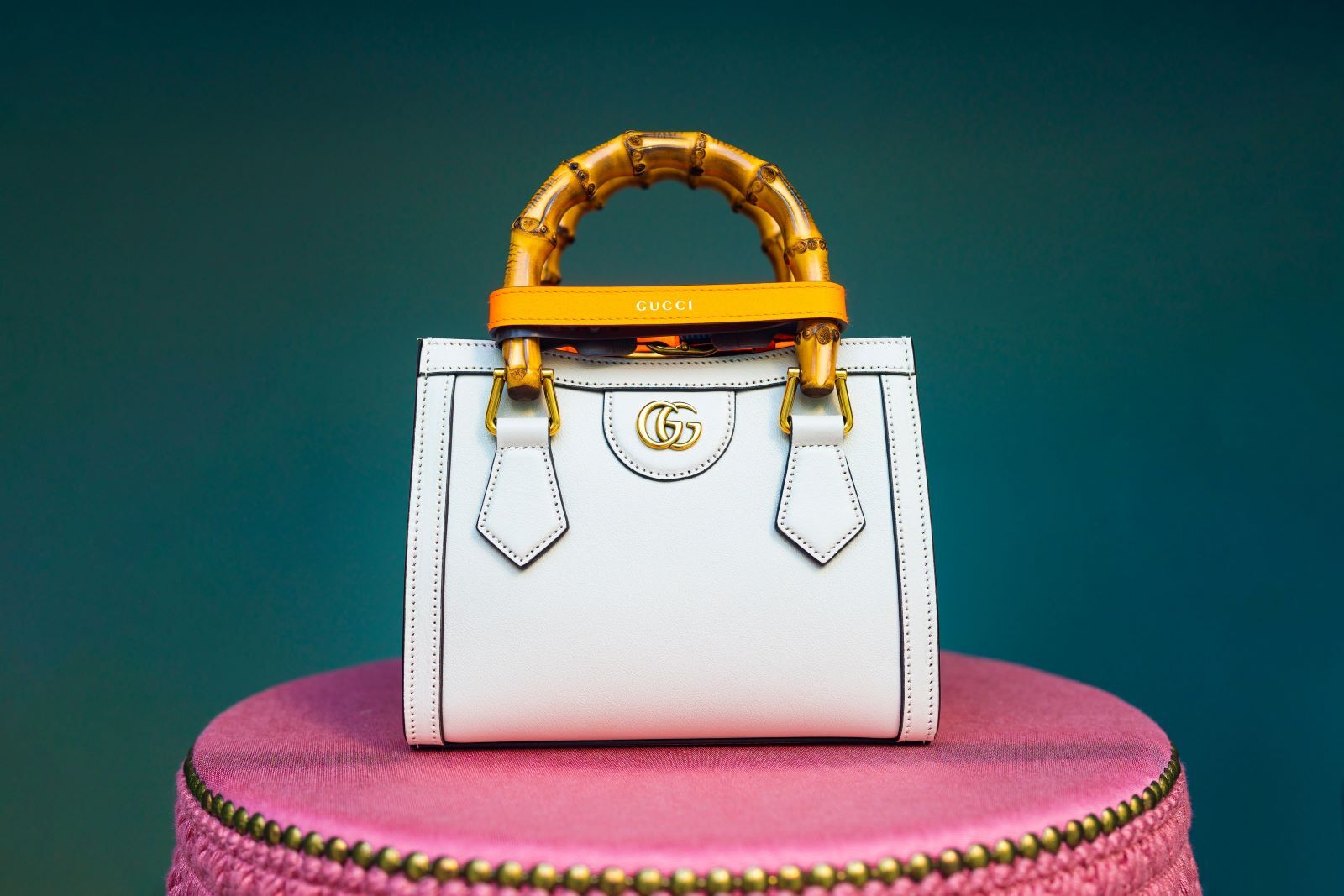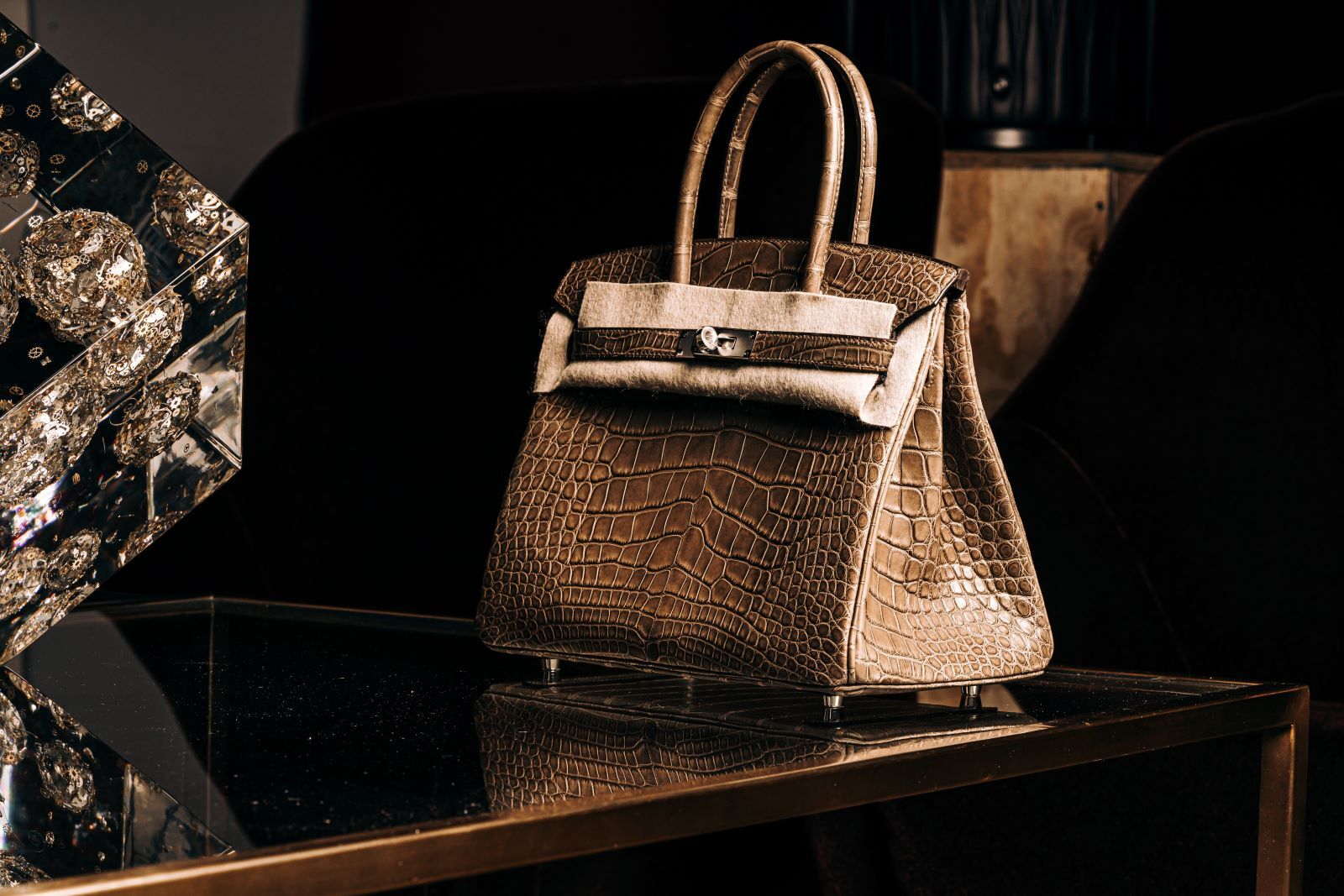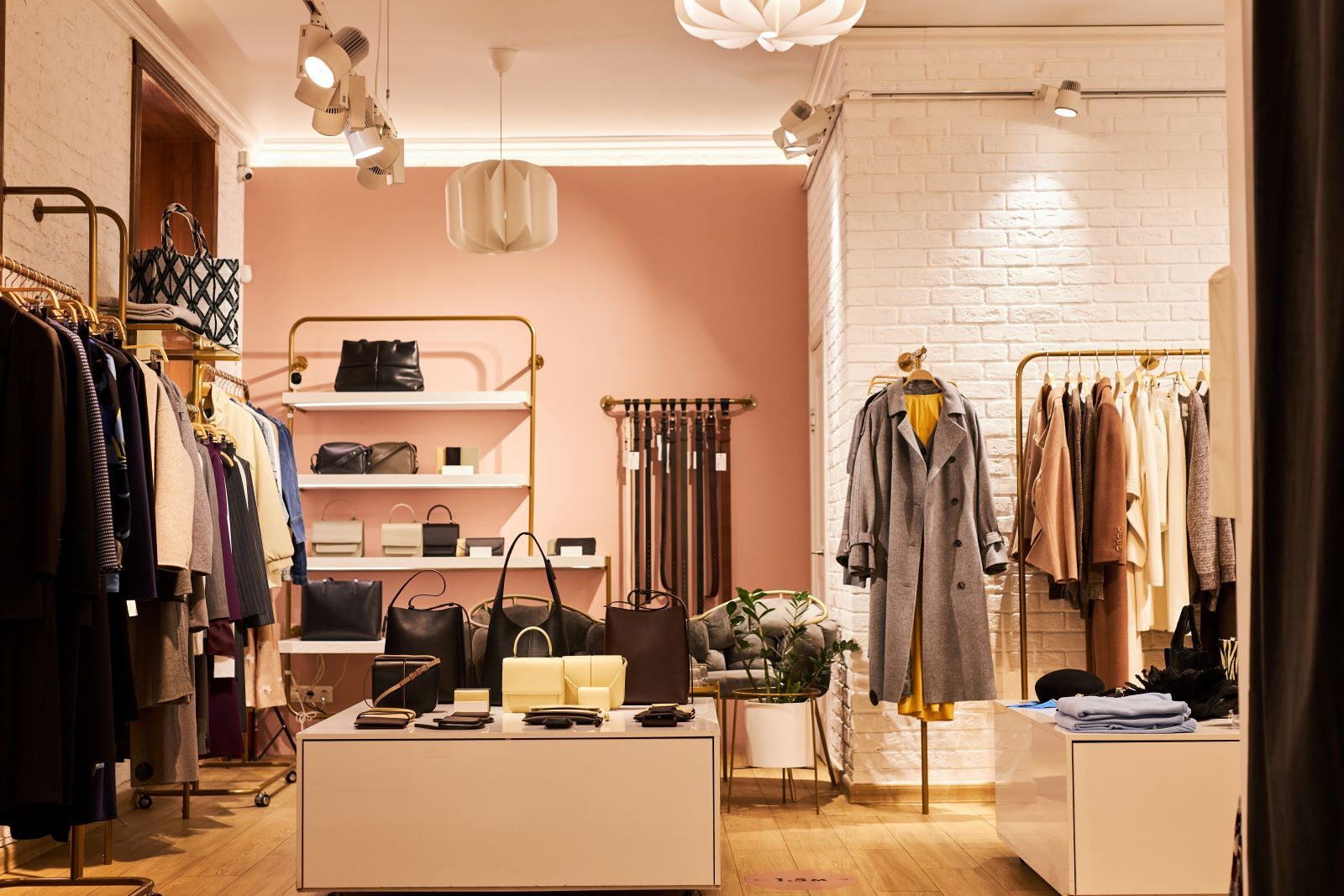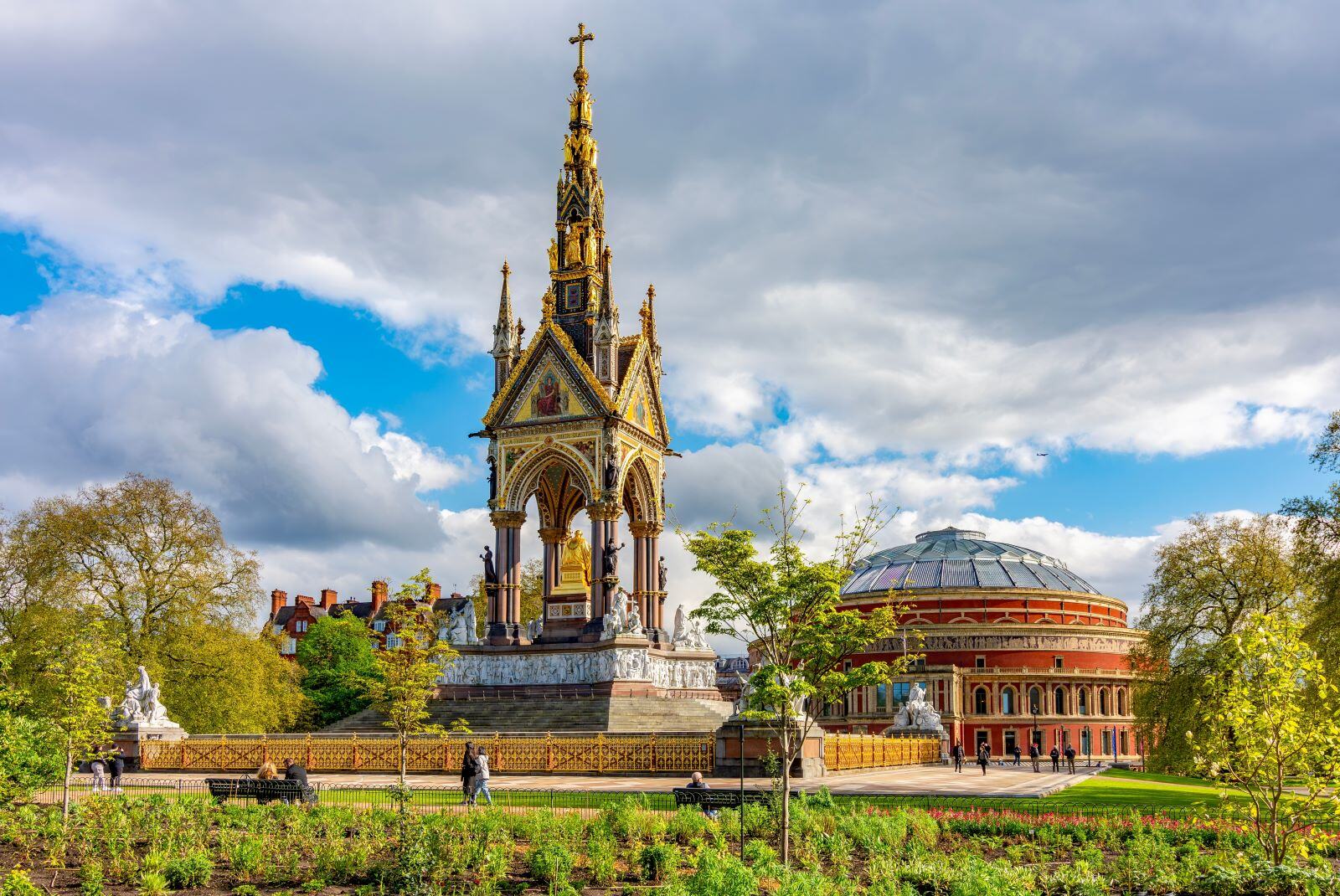Trooping the Colour: A Timeless British Tradition
The Trooping the Colour is one of the most spectacular displays of military pageantry in the world. After months of practice, the tradition, which is steeped in history marks the official birthday of the British monarch and serves as a vivid reminder of the nation’s rich heritage. This is King Charles’ second Trooping of the Colour, which is held annually on the Horse Guards Parade in London, the event attracts thousands of spectators, both locals and tourists.

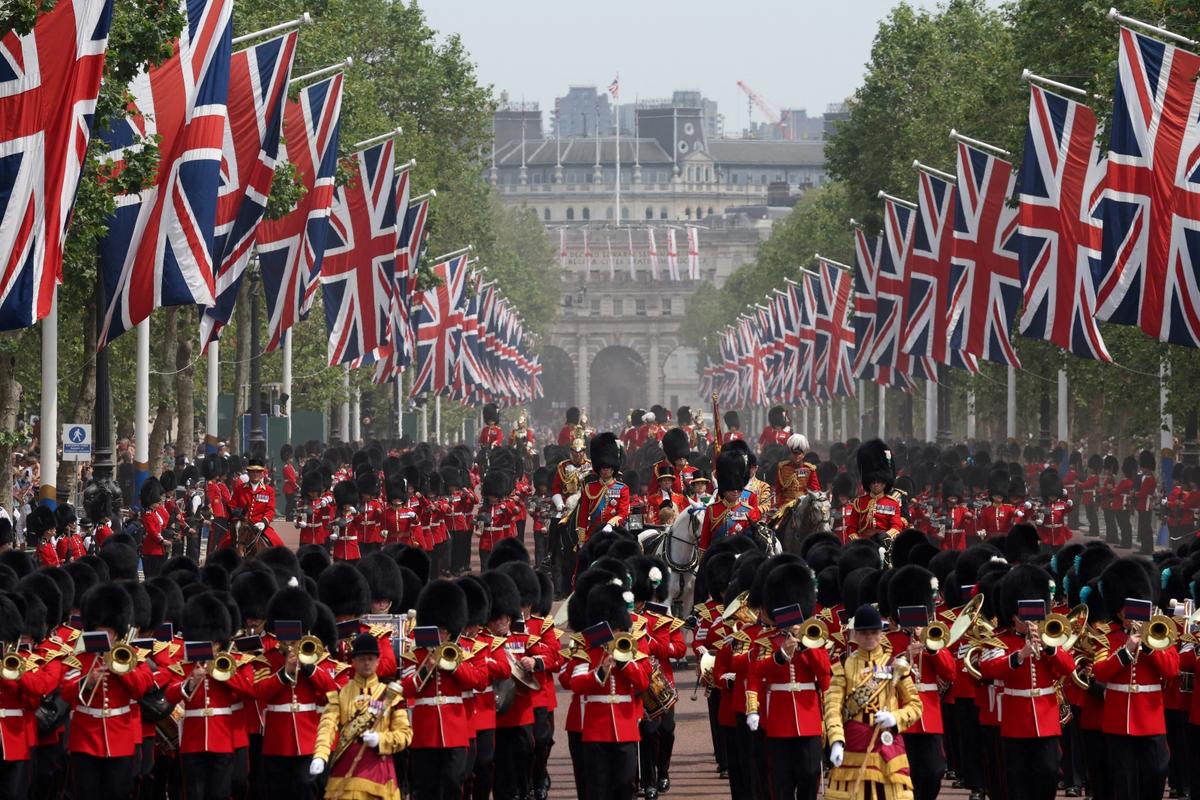
After weeks of careful preparation, two hundred and fifty musicians, twenty pipers, two hundred and forty military working horses, a large Wolfhound dog, and almost a thousand dual-role soldiers of the British Army’s Household Division will deliver a magnificent spectacle for The King, the Nation, and the World.
When is it?
This year, the noble tradition falls on the 15th of June.
What’s the history?
The origins of Trooping the Colour can be traced back to the early 18th century. The 'colours' refer to the regimental flags of the British Army, which were historically used as rallying points during battle. Trooping these colours in front of the soldiers ensured that every man could recognise his regiment’s flag, thus preventing confusion in the chaos of combat. Over time, this practical exercise evolved into a ceremonial display, becoming a key part of the British monarchy's annual calendar.
The ceremony has been held to mark the sovereign's official birthday since 1748. Traditionally, the British monarch's birthday was celebrated with a military parade. However, in 1748, King George II decided to combine his birthday parade with the annual Trooping the Colour ceremony. Since then, it has been a symbol of the monarchy’s connection to the armed forces.
What happens?
Today, Trooping the Colour is always held on a Saturday in June, when the weather is more likely to be favourable. The day begins with the King’s personal troops, the Household Division, assembling on Horse Guards Parade. The Household Division consists of the Foot Guards and the Household Cavalry. Each year, one of the five regiments of Foot Guards – Grenadier, Coldstream, Scots, Irish, or Welsh Guards – is selected to troop its colour through the ranks of Guardsmen.
The Irish Guards are alone among the Household Division in having a Regimental Mascot, an Irish Wolfhound. He will take his place at the front of the Regiment and lead the Band of Irish Guards, and the Drums and Pipes of the Irish Guards onto Horse Guards parade.
The event is meticulously planned and choreographed, with every move executed precisely. The regiments, dressed in distinctive red tunics and bearskin hats, march to the stirring tunes of military bands. The sight of hundreds of soldiers moving in perfect unison is awe-inspiring, a testament to the discipline and skill of the British Army.
The King’s Arrival and Inspection
The highlight of the ceremony is the King’s arrival. His Majesty rides in a carriage from Buckingham Palace, accompanied by a Sovereign's Escort of the Household Cavalry. Upon arrival at the Horse Guards Parade, the King is greeted by a royal salute and inspects the troops. This inspection is a significant moment, reflecting the monarch’s role as the Commander-in-Chief of the British Armed Forces.
What else happens?
Following the inspection, the Massed Bands of the Household Division perform a series of musical pieces, adding to the jolly atmosphere. The ‘colour’ is then trooped through the ranks in a slow and solemn procession. This act of trooping the colour is a poignant reminder of the ceremony’s historical roots and importance to the military tradition.
After the parade on Horse Guards Parade, the King returns to Buckingham Palace, where the Royal Family gathers on the balcony to watch a fly-past by the Royal Air Force. This aerial display, featuring a variety of aircraft from different times throughout history, is a thrilling finale to the day’s events and a cherry on the cake for aeroplane enthusiasts.
The streets are lined with cheering crowds, and the skies are filled with the roar of jet engines, creating an atmosphere of celebration and national pride.
What does it mean for the UK?
Trooping the Colour is more than just a birthday parade; it is a symbol of continuity and stability. It reflects the enduring relationship between the monarchy and the military, a bond that has been crucial to the UK's history. The ceremony is also a reminder of the sacrifices made by generations of soldiers who have served the Crown.
The Trooping the Colour is a day when history comes to life when the past and present blend in a display of marching soldiers and royal grandeur. Whether viewed from the streets of London or the comfort of your own home, the Trooping the Colour is not to be missed.
